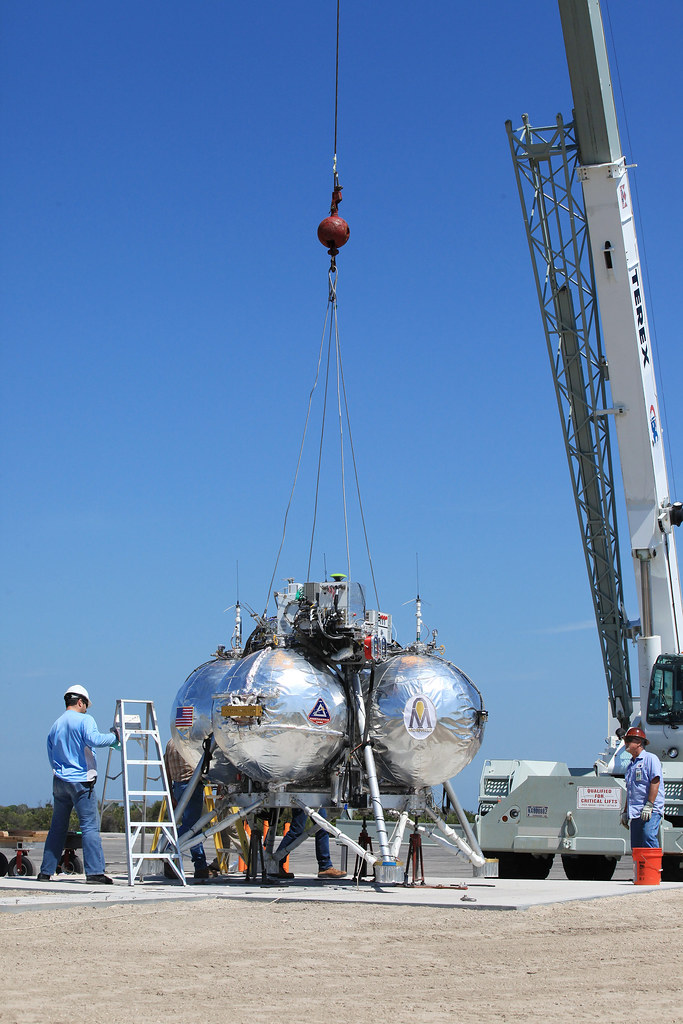
Crane Hazards and Precautions: Ensuring Safety in High-Risk Environments
Introduction
Crane Hazards and Precautions : In the world of construction and heavy industry, cranes play a pivotal role in lifting and moving heavy loads. However, operating cranes comes with its set of risks and hazards that can jeopardize both the safety of workers and the integrity of the project. In this article, we will explore various crane hazards and the essential precautions to mitigate these risks.
Understanding Crane Hazards
1. Electrical Hazards
When cranes come into contact with power lines or other electrical sources, it can lead to severe accidents. Workers need to be cautious about maintaining a safe distance and understanding electrical hazards.
2. Overloading
Overloading a crane is a common cause of accidents. It can lead to structural failure and catastrophic consequences. Understanding load limits and adhering to them is crucial.
3. Mechanical Failures
Cranes consist of complex mechanical systems that can malfunction. Regular maintenance and inspections are essential to prevent accidents due to mechanical failures.
4. Falling Objects
Materials being lifted by cranes can become dislodged or dropped, posing a risk to workers below. Proper securing of loads is imperative.
5. Tipping Over
Cranes tipping over is a nightmare scenario. Uneven ground, strong winds, or operator errors can lead to this hazard. Stabilization and operator training are critical.
Precautions to Ensure Crane Safety
6. Training and Certification
Operators must undergo comprehensive training and obtain the necessary certifications to operate cranes safely. This includes understanding load charts, hand signals, and emergency procedures.
7. Regular Inspections
Frequent inspections of cranes by qualified personnel are essential. Any signs of wear and tear or mechanical issues should be addressed promptly.
8. Proper Load Management
Load management is crucial to prevent overloading. It includes calculating load weights accurately and using the right equipment for the job.
9. Safe Operating Procedures
Operators should follow a set of standardized procedures when operating cranes. This includes using the correct hand signals, maintaining communication with ground personnel, and adhering to safety protocols.
Conclusion
In the world of construction and industry, crane safety is paramount. Understanding the hazards associated with cranes and taking the necessary precautions can mean the difference between a successful project and a catastrophic accident. By adhering to safety guidelines, providing proper training, and conducting regular inspections, we can ensure that cranes are powerful tools rather than potential hazards.
How to Calculate Crane Load Capacity Without a Load Chart
How To Calculate Crane Load Capacity?
How To Calculate Crane Percentage Capacity
How to Fill a Lifting Plan for a Crane
How to calculate Sling capacity and Sling angle calculation formula
Frequently Asked Questions
Q1: Are all crane operators required to be certified?
A1: Yes, certification is mandatory for crane operators to ensure they have the necessary skills and knowledge to operate safely.
Q2: How often should cranes undergo inspections?
A2: Cranes should be inspected regularly, with the frequency depending on factors like usage and environmental conditions.
Q3: What should I do if I encounter an electrical hazard while operating a crane?
A3: Immediately cease operations, maintain a safe distance, and report the hazard to your supervisor.
Q4: Can cranes be operated in high-wind conditions?
A4: Cranes can be operated in windy conditions, but wind speed and crane capacity should be considered, and precautions must be taken.
























